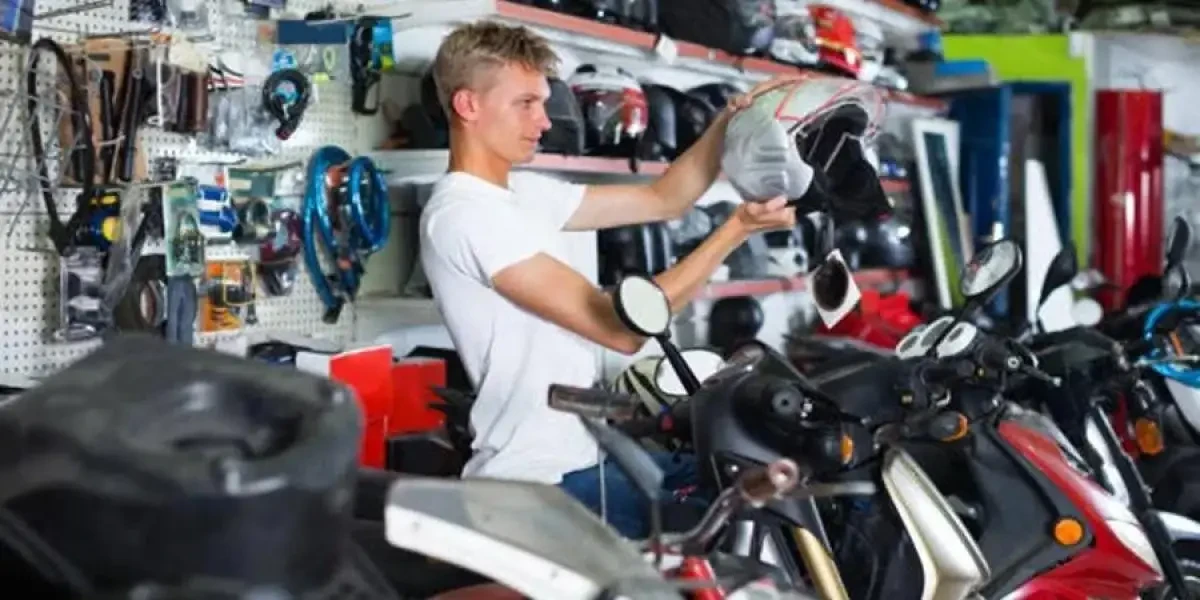Mastering Bike Gears: How to Optimize Your Riding Experience
In the world of motorcycling, understanding the art of gear control is important for boosting your riding efficiency. Appropriately using and comprehending motorbike equipments can dramatically influence gas, control, and velocity performance, changing an average adventure right into a smooth, thrilling journey.
Recognizing Equipment Mechanics
Just how do the complexities of equipment technicians affect bike efficiency? At the core of bike characteristics, equipment mechanics play a crucial function in converting engine power into activity, eventually determining rate and control. Gears, thoroughly crafted parts, enable riders to enhance torque and rate, guaranteeing a seamless transition through different surfaces and speeds. The gear ratios, carefully developed, establish the connection in between engine revolutions and wheel turns, influencing velocity and fuel efficiency.
Comprehending equipment technicians begins with recognizing the importance of the gearbox, which houses multiple equipments of varying dimensions. These gears engage with a procedure understood as meshing, where teeth of different equipments involve to transmit power.
Moreover, the concept of equipment moving is essential to making the most of efficiency. Prompt and smooth changes make certain that the engine runs within its optimum power band, protecting against unnecessary stress and enhancing durability (moto parts nz). By understanding these mechanical ins and outs, motorcyclists can achieve an unified mix of power, performance, and control, elevating their riding experience
Timing Your Changes
Shift timing proficiency is crucial for maximizing motorcycle efficiency and improving the riding experience. Effectively timed changes make certain that the engine runs within its ideal power band, which is essential for preserving control, achieving smooth acceleration, and ensuring the long life of the motorbike. Motorcyclists must establish an intuitive sense of when to shift equipments, which entails comprehending the relationship in between engine changes per minute (RPM) and speed.
To master shift timing, pay very close attention to the engine's noise and feel, as these offer crucial clues concerning when to alter gears. The optimal shift point generally occurs when the engine comes close to the upper array of its power band without reaching the redline. Shifting too early can result in an absence of power, while changing also late might create unnecessary engine stress
Additionally, road conditions and riding design impact shift timing. In urban settings, smoother and more constant shifts might be necessary to navigate web traffic successfully. In comparison, throughout freeway riding, fewer shifts at greater rates can be better. Practicing in varied atmospheres will enhance your capacity to time changes exactly, inevitably raising your riding experience to a specialist degree.
Enhancing Gas Efficiency
While grasping bike gears is crucial for performance, enhancing fuel performance is just as crucial for both environmental and economic reasons. Optimal fuel intake not only minimizes functional prices yet additionally decreases the ecological impact of riding. To attain this, one need to understand the intricate partnership between gear choice and engine image source performance.
Riding in a greater gear at lower speeds can lead to engine carrying, which is detrimental to both gas economic climate and engine wellness. Conversely, riding in reduced gears at high rates results in unneeded fuel consumption.
Furthermore, routine maintenance plays an essential role in gas efficiency. Making sure that the bike is well-tuned, with tidy air filters and effectively inflated tires, can lower and improve the rules of aerodynamics gas waste. Taking on a riding design that welcomes steady acceleration and smooth slowdown can add to better gas economic climate.

Strategies for Smooth Transitions
Accomplishing smooth gear changes is essential to improving the riding experience and making sure the durability of a bike's transmission system. Appropriate gear changing not only adds to a seamless experience however likewise reduces damage on the mechanical components. To grasp the art of smooth transitions, bikers have to concentrate on a few essential strategies.

Secondly, clutch control plays a critical role. Engaging and disengaging the clutch efficiently calls for practice. The clutch lever should be launched progressively, permitting for a smooth transfer of power from the engine to the wheels without causing a jolt or sudden movement.

Adjusting to Road Conditions
Navigating varied road conditions is a critical skill for any motorcyclist intending to preserve control and Going Here safety and security. Whether you're riding on damp surfaces, gravel roadways, or browsing sharp turns, your ability to adapt your gear use and riding strategy is vital. Understanding just how to adjust your gears appropriately can significantly affect grip and stability, guaranteeing a much safer trip.
On damp roads, it is advisable to preserve greater equipments to reduce torque and lessen wheel spin. This strategy helps maintain grasp on slippery surfaces, enabling smoother acceleration and deceleration. On the other hand, when riding on gravel or irregular surface, reduced gears are more suitable. Lower equipments provide better control and allow you to respond more quickly to unanticipated changes in the roadway surface area.
Sharp contours demand accurate equipment monitoring to stabilize rate and control. Downshifting before going into a curve can aid preserve energy while guaranteeing the motorcycle remains stable throughout the turn. Constant practice in different problems improves your capability to anticipate and react to changes in roadway appearance and incline.
Verdict
Understanding bike equipments considerably enhances the riding experience by boosting fuel, control, and acceleration performance. Adapting gear choice to various roadway conditions, such as utilizing greater gears on wet surfaces and lower equipments on crushed rock, additional enhances handling and security.
Understanding gear mechanics starts with recognizing the value of the gearbox, which houses numerous gears of varying dimensions. These gears communicate via a procedure known as meshing, where teeth of various equipments engage to transfer power (mx parts nz). Mild adjustments to the throttle during gear changes can protect against jerky motions and preserve a consistent riding rate
Whether you're riding on wet surfaces, crushed rock roads, or navigating sharp turns, your ability to adjust your gear usage and riding method is critical. Adjusting equipment choice to numerous roadway problems, such as utilizing higher gears on wet surface areas and reduced gears on gravel, additional improves handling and security.